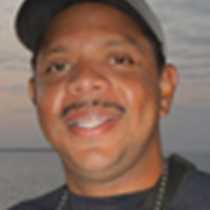Panama, Coiba National Park
After sailing through the night from Costa Rica, we arrived at yet another place of Paradise. We had sailed 120 nautical miles and now arrived at one of the newest jewels in Panama, Coiba Island National Park. The park’s name comes from an Indian chief know as “Cobaye” or “Cabo”, and is part of the Marine Conservation Corridor of the Tropical Eastern Pacific. This corridor also includes Ecuador’s Galápagos National Park, Colombia’s Gorgona National Park and Malpelo National Park, Costa Rica’s Cocos Island National Park. This Corridor is an area of great ecological importance, extending approximately 211 million hectares, where coral and crustacean larvae, fish and other organism are transported from site-to-site by marine currents, thereby supporting repopulation of the seas.
The Island has been kept in pristine condition because it was used as a penitentiary colony since 1919, for almost 85 years. The lack of visitors to the Island kept the wildlife in abundance and the landscapes intact. In 1991, the park was created, and in 2004 it became protected by law. A year later, UNESCO formally enrolled Coiba National Park and the adjacent Special Zone of Marine Protection in the list of World Heritage Site. One of the reasons was because its reefs, second biggest in the Tropical Eastern Pacific, are a key ecological link for the migration and survival of both pelagic fish and marine mammal species.
Having this in mind, right after breakfast, we landed on a lovely little islet better known as “Granito de Oro”, “The Little Grain of Gold”. This islet is surrounded by lovely coral reefs. Species of puffer fish, parrot fish, Cravale jacks, Moorish Idles, white tipped sharks and many others showed us just why the islet was named so. It was hard to return to the ship. We needed to sail close to the ranger station, so the galley prepared a delicious barbecue for us on National Geographic Sea Lion.
After lunch, we had the chance to enjoy the lovely waters of the beach again, and stroll along the premises of the station. We weighed anchor and started sailing to our next destination, the Gulf of Panama!



